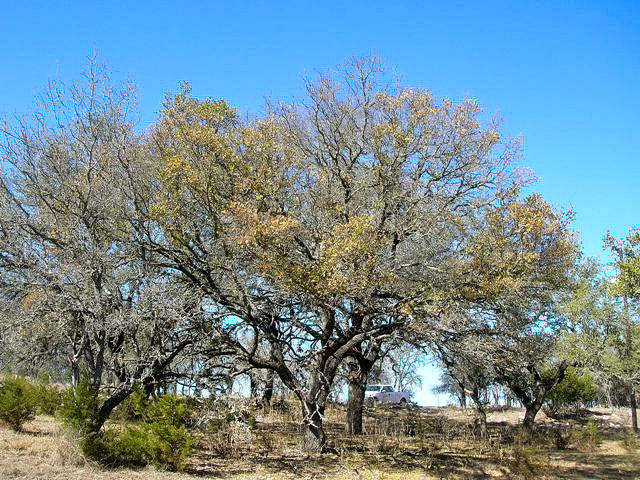Oak wilt disease is an infectious fungal disease that has plagued the Texas Oak population for nearly a century. The disease is confirmed in Brazos County, and the Texas A&M Forest Service has identified infected trees on the Texas A&M University campus since the 1990s.
The disease is caused by the fungus Bretziella fagacearun, which infects the roots of oaks and works to shut down their xylems, or their water-conducting system. One of the main catalysts for the disease is believed to be the sap feeding nitidulid beetle. These beetles are attracted by the fungal spores that form beneath the bark of diseased Red Oaks. It is not a native disease, and most likely came from Central and South America. However, today it is spreading across Texas and the United States into Canada. Jim Houser, regional forest health coordinator for the Forest Service, said the disease is able to spread between oak species. Therefore, the number of trees affected has significantly increased over time.
“It is a very devastating species,” Houser said. “The disease has really reached its potential within our Live Oak population. We have had millions of trees die in the 77 counties that we’ve confirmed it in.”
There are measures the Forest Services said everyone should take for the trees on home properties and the purchased firewood. One of the easiest preventive measures, besides disposing of any and all diseased wood, is to paint over the infected area of the bark, Houser said.
“We recommend painting all wounds, all year long, immediately,” Houser said. “Even if [the tree] died within the past two months, there’s still enough moisture in the wood that if you take [firewood] home and store it, you may get fungal mats in the firewood.”
On the A&M campus, tree crews have tried a number of different measures to stop the spread of oak wilt. One of the original measures taken was building trenches to break up the root systems and stop the spread of the infection, said David Appel, a professor of plant pathology and microbiology who has also been involved with the campus tree crews.
“That got to be a little dangerous after they scraped a fiber optic line, so they started to back off on trenching and relied instead on injections,” Appel said. “Right now, oak wilt is no longer spreading [on campus] and it seems to have stabilized.”
Healthy trees on campus are injected with a fungicide along their flare roots in order to prevent them from contracting the infection. Planting trees that are immune to oak wilt is another way for them to control the spread of the disease. According to Daniel Lewis, a staff forester for the Forest Service, the high diversity of trees and the campus infrastructure itself are playing great roles in controlling the disease.
“Infrastructure prevents the grafting of roots,” Lewis said. “All the disturbance is going to break up the ability for it to spread through the roots system.”
Unfortunately, this infectious disease will never be completely eradicated from the Texas tree population, according to both Lewis and Appel.
“We will never get rid of the flu or colds, and we will never get rid of oak wilt either,” Appel said. “However, members of the Bryan-College Station community are encouraged to take their own preventive measures to help this disease from growing even more.”
More information about oak wilt disease is available at texasoakwilt.org.
Oak wilt disease in Texas: What The A&M Forest Service wants you to know
October 20, 2019
Photo by Provided
Oak wilt disease is a fungal disease that has plagued the Texas Oak population for nearly a century and the Texas A&M Forest Service has identified trees infected by oak wilt on campus since the 1990s.
Donate to The Battalion
Your donation will support the student journalists of Texas A&M University - College Station. Your contribution will allow us to purchase equipment and cover our annual website hosting costs.




















